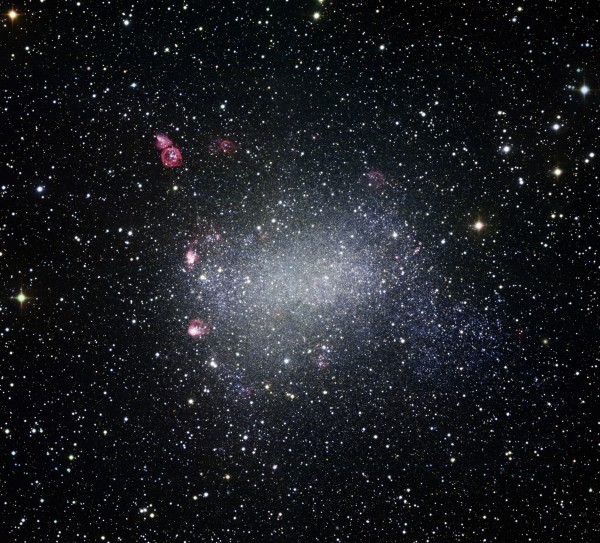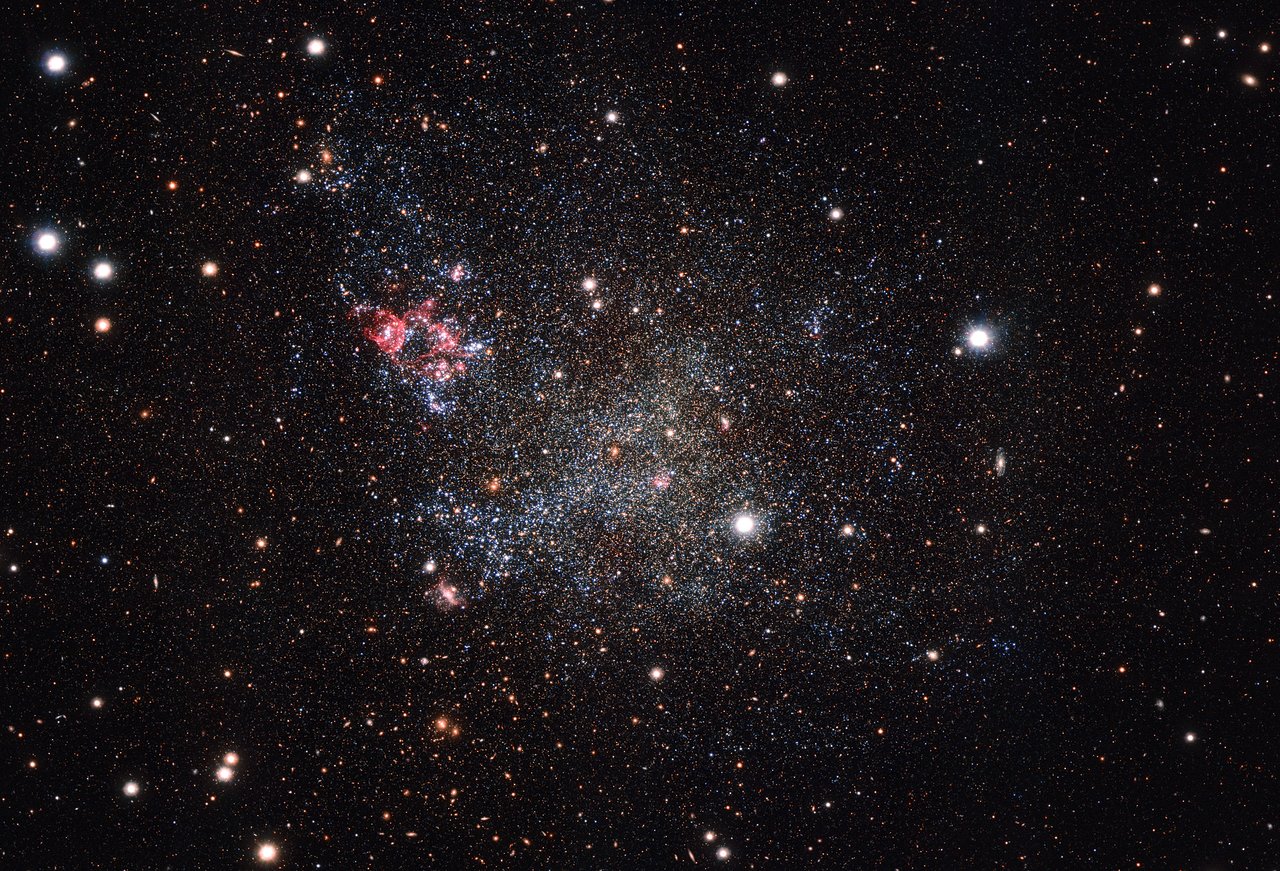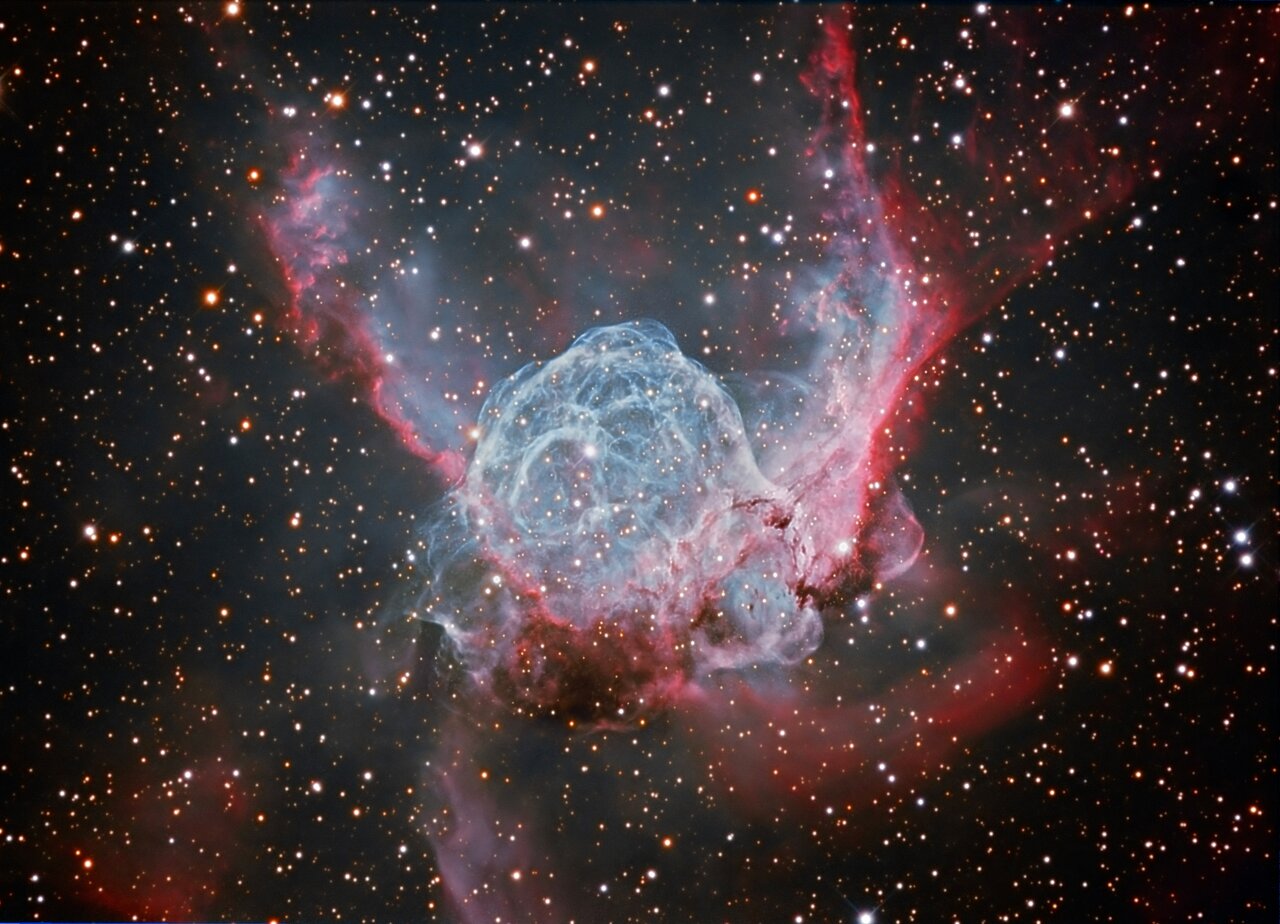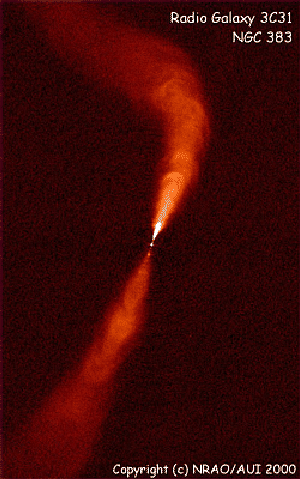johnnydeep wrote: ↑Thu Mar 24, 2022 3:57 pm
I'm a say late and a dollar short...
First, what does AVAO mean above by the statement that "But I'm not sure if the scales are comparable for stars with stellar wind bubbles.". What scales are being compared here? Stellar wind bubbles and some other type of bubble?
Well, let me put it like this:
In the case of the Rosette Nebula, the nebula created the stars,
but in the case of the Bubble Nebula, the star created the nebula.
Okay, that is an oversimplification and not quite correct. Nevertheless, in the case of the Rosette Nebula, there was a large molecular cloud that "collapsed" - Chris may have a better word for it - and started forming stars. In the case of the Bubble Nebula, the star itself, a mass-losing Wolf-Rayet star, blows a continuous furious stellar wind that removes a lot of mass from it and deposits it in a nebula.
Take a look at another Wolf-Rayet star, WR 31a, that is up to the same tricks as the central star of the Bubble Nebula:
Let's consider the Rosette Nebula. This is what Wikipedia says about it:
Wikipedia wrote:
The cluster and nebula lie at a distance of 5,000 light-years from Earth and measure roughly 130 light years in diameter. The radiation from the young stars excites the atoms in the nebula, causing them to emit radiation themselves producing the emission nebula we see.
The mass of the nebula is estimated to be around 10,000 solar masses.
Let's compare that with what Wikipedia says about the Bubble Nebula, NGC 7635:
Wikipedia wrote:
NGC 7635, also known as the Bubble Nebula, Sharpless 162, or Caldwell 11, is an H II region emission nebula in the constellation Cassiopeia. It lies close to the direction of the open cluster Messier 52.
The "bubble" is created by the stellar wind from a massive hot, 8.7 magnitude young central star, SAO 20575 (BD+60°2522). The nebula is near a giant molecular cloud which contains the expansion of the bubble nebula while itself being excited by the hot central star, causing it to glow. It was discovered in 1787 by William Herschel.
The star BD+60°2522 is thought to have a mass of about 44 M☉.
So the mass of the Rosette Nebula is believed to be 10,000 solar masses, but the mass of the star that has created the Bubble Nebula is believed to be 44 solar masses. Even if the star, BD+60°2522, started out with twice that mass and lost perhaps half of due to its furious stellar wind and its enormous mass loss, it is still unlikely that the mass of the Bubble Nebula itself is a lot more than, say, 50 solar masses. So the Rosette Nebula probably outweighs the Bubble Nebula by some 200 times to 1.
The Rosette Nebula and the Bubble Nebula?
Second, in the APOD text, I found this phrasing odd: "...has blasted out the structure of glowing gas against denser material in a surrounding molecular cloud". What does "against denser material" mean?
The denser material in this case is the interstellar medium, which is always thicker in some directions than in others. Simply put, our galaxy is filled with a thin soup of gas and dust, which is thicker in some parts than in others. Consider the California Nebula:
The California Nebula is being swept up by the tremendous stellar wind of O-type star Xi Persei. You can see the star at upper left in the image at left. But note the tall "ridge" in the foreground. What makes the gas pile up? I'd say it is the resistance caused by the interstellar medium.
That's right. The Hubble Heritage pages are "dead".
Fourth: where the heck is neufer?
I wish I knew.
Ann
 The Bubble Nebula from Hubble
The Bubble Nebula from Hubble









